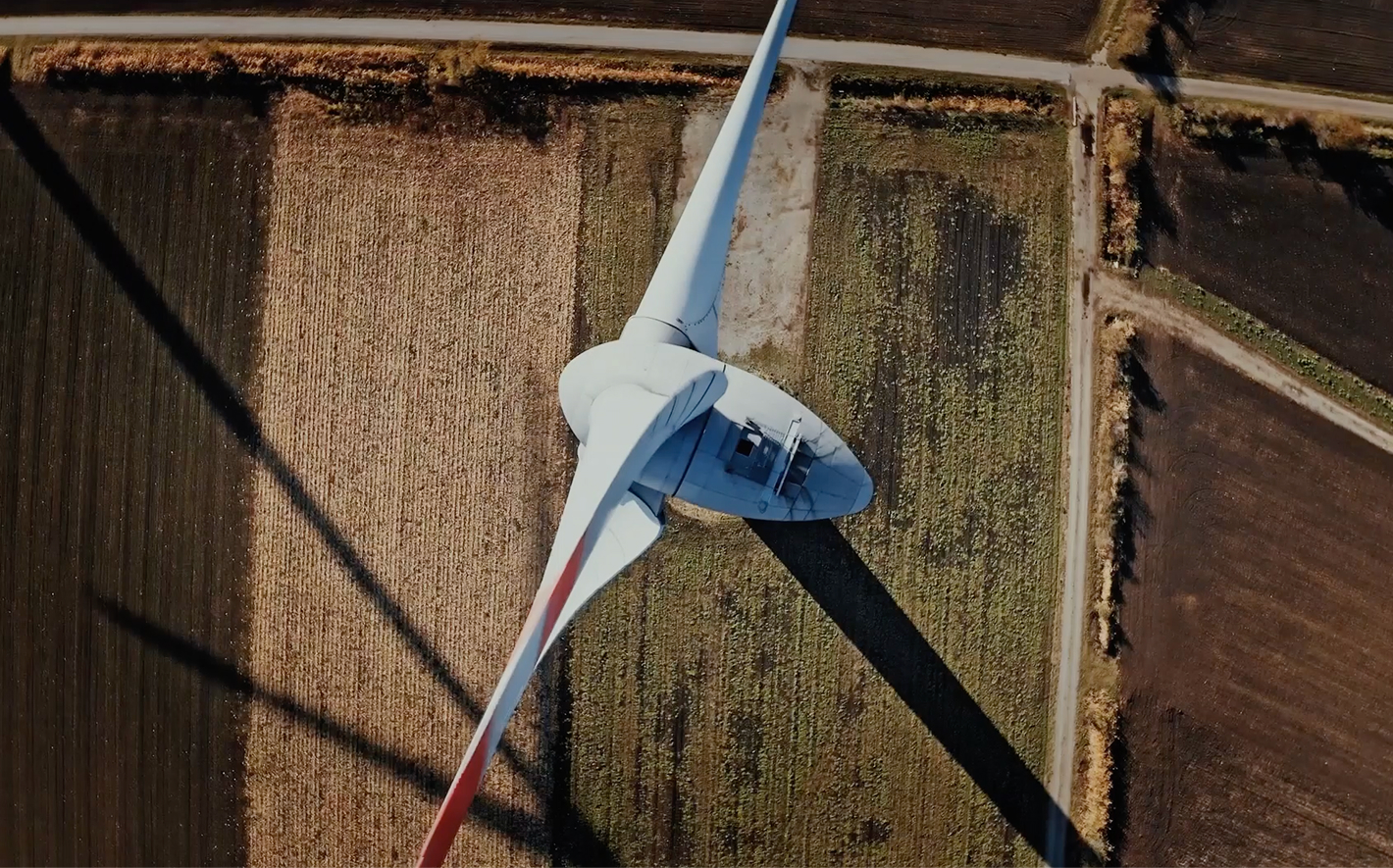The Problem: Plot A and Plot B have the same temperature, particle size, and nutrients. Yet Plot A yields 15% higher. Without insight into why this difference exists, breeding decisions and input recommendations lose value. But detailed testing gets too expensive when applied to 1000 hectares.
Just like in medicine, soil analysis needs triage: a system that minimizes risk and cost based on available data and available diagnostic tests.
The Solution: Leverage testing strategically. Uncover the need for deeper testing by broadly deploying basic soil tests. Only go deeper where the basics fail to explain results.
To find these gaps efficiently, all soil data points need to be comparable.
The Industrial Approach
In industry, our goal is to explain variance that matters for decisions. To avoid breaking the bank, we need to be selective.
Unlike academia, we don't need to map every microbial pathway. We need to know why this plot performed worse so we can act on it. Current practices in soil testing don't reflect this need. For instance, biological testing is either ignored or broadly applied without nuance.
Start With What's Cheap and Fast
Three factors explain most soil performance:
Environment: Temperature and moisture over time
Physical properties: Particle size and water retention
Chemistry: Nutrients, pH, chemical composition
These basics are quick, reliable, and inexpensive. They explain >80% of variance.
Often, the basics are enough. You don't test everything because understanding everything isn't the goal. Explaining the specific variance you see is the goal.
When You Need More
Sometimes the basics don't explain what you observe.
Two plots might match on environment, physics, and chemistry, while one still outperforms the other by 15%.
That unexplained 15% affects breeding decisions, customer recommendations and by extension, profitability
Now a deeper look is required. Not everywhere, just at those sites.
Biology as the Fourth Layer
Soil biology can explain gaps when the other factors don't. Pathogen presence or nitrogen fixer sparsity often go undetected with basic methods. Even if the basics show problems, it can be hard to find the cause.
Even though eDNA and molecular pathway research can cost 10x what the basics do, they can explain essential nuances.
For growers, uncovering these nuances can prevent doubling inputs (and costs) unnecessarily.
For R&D, these nuances can be the crucial difference in which variant to void.
The lesson: Triage your soil tests. Start with the basics. Identify gaps. Then test biology.
How to Triage
Start by testing the basics everywhere: environment, physics, chemistry. These should be routine, not selective. Practically, that means analyzing satellite data and doing basic soil tests at least once per year.
Then, compare yields against those baseline factors. If the basics explain the variance, we document it and move on.
If two plots match on all three factors but perform differently, flag these for biological testing.
An example
You test chemistry across 50 fields. In 45 fields, nutrients explain yield variance. Stop there.
In 5 fields, chemistry looks identical, but yields differ by 10-15%. Now you test biology - But only in those 5.
You've spent 10% of your biology budget to solve 100% of your unexplained variance.
The Result
The pressure humanity is putting on soil is intense. Although many livelihoods depend on this pressure for sustenance, it also causes unintended interactions between soil biology and chemistry.
Understanding these interactions gives us the power to predict and decide on better outcomes. Just like in healthcare, a solid triage system maximizes the value of every data point that is created while assuring adequate information depth is achieved.
The outcomes? Higher yields. Better crops. Healthier soil. Lower costs.
Soilytix identifies opportunities and threats in soil that affect yield. We're unifying the basics and biology analysis in one digital ecosystem, so seed R&D and seed growers can avoid wasting inputs while improving decision making.


.svg)
.svg)



